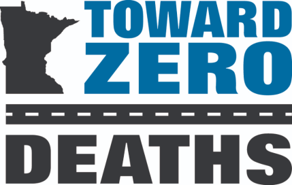Speed Limits
Minnesota Statutes 169.14 establishes speed limits on all roads in Minnesota. There are two types of speed limits in Minnesota: statutory and speed zones. The statutory speed limit in urban districts is 30 mph, unless signed otherwise. Therefore, all of our city streets are 30 mph, unless signed otherwise.
In accordance with the Minnesota Statutes, the Minnesota Department of Transportation is the only agency authorized to modify speed limits on city roads. This means, the City does not have the authority to modify speed limits on city roads.
Traffic engineering convention states that most drivers will select a speed at which they believe is safe and reasonable based upon their perception of the roadway. This convention has led traffic engineers to consider actual vehicle speeds on a particular roadway as a primary input into the determination of a speed limit. The two primary speed measures are:
- 85th percentile speed: The speed at which 85 percent of vehicles are traveling at or under
- 10 mph pace: the 10 mph speed bracket that contains the most vehicles
Experience and studies have conclusively shown that the most effective and safe speed limit is one that is nearest the 85th percentile speed and located in the upper part of the 10 mph pace. Posted speed limits that deviate from the 85th percentile speed, either higher or lower, result in an increase in crashes.
Speed limits signs have not been shown to change driver behavior and are not necessary to reinforce state statutes. As mentioned above in the STOP sign section, STOP signs should never be used as a method to control traffic speeds. If you have a concern about speeding on your street, please contact our Police Department.
